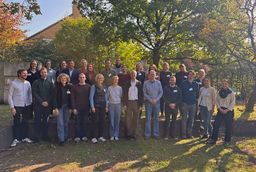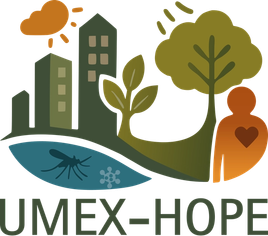SP1 - risk zones
SP1 identifies and analyzes heat and air quality risks in urban areas of Hanover and Braunschweig in order to assess their development under climate change scenarios.
The main objective of SP1 is to identify low- and high-risk zones in relation to heat, human thermal comfort, and air quality within the urbanized areas of Hannover and Braunschweig, ranging from rural surroundings to densely built-up districts, based on meteorological modeling and observations.
Another goal is to analyze how these risk zones differ between highly urbanized areas (i.e., characterized by high population and/or building density) and less urbanized regions, and how they are expected to evolve in the context of climate change.
The expected outcomes for Phase 1 include microclimate maps that provide a detailed representation of risk zones and their specific characteristics, such as air temperature, humidity, human-biometeorological indices (e.g., UTCI), gaseous and particulate air pollution (e.g., PM10), and pollen concentrations.
In Phase 2, a detailed analysis will be conducted to assess how these zones and their spatial distributions are likely to change under different climate change scenarios.
Contact person

Blog
All
Kick-off for the new climate future lab UMEX-HOPE in Hanover
UMEX-HOPE is researching how cities can better cope with climate change and become healthier places to live.
2 min. Reading time
